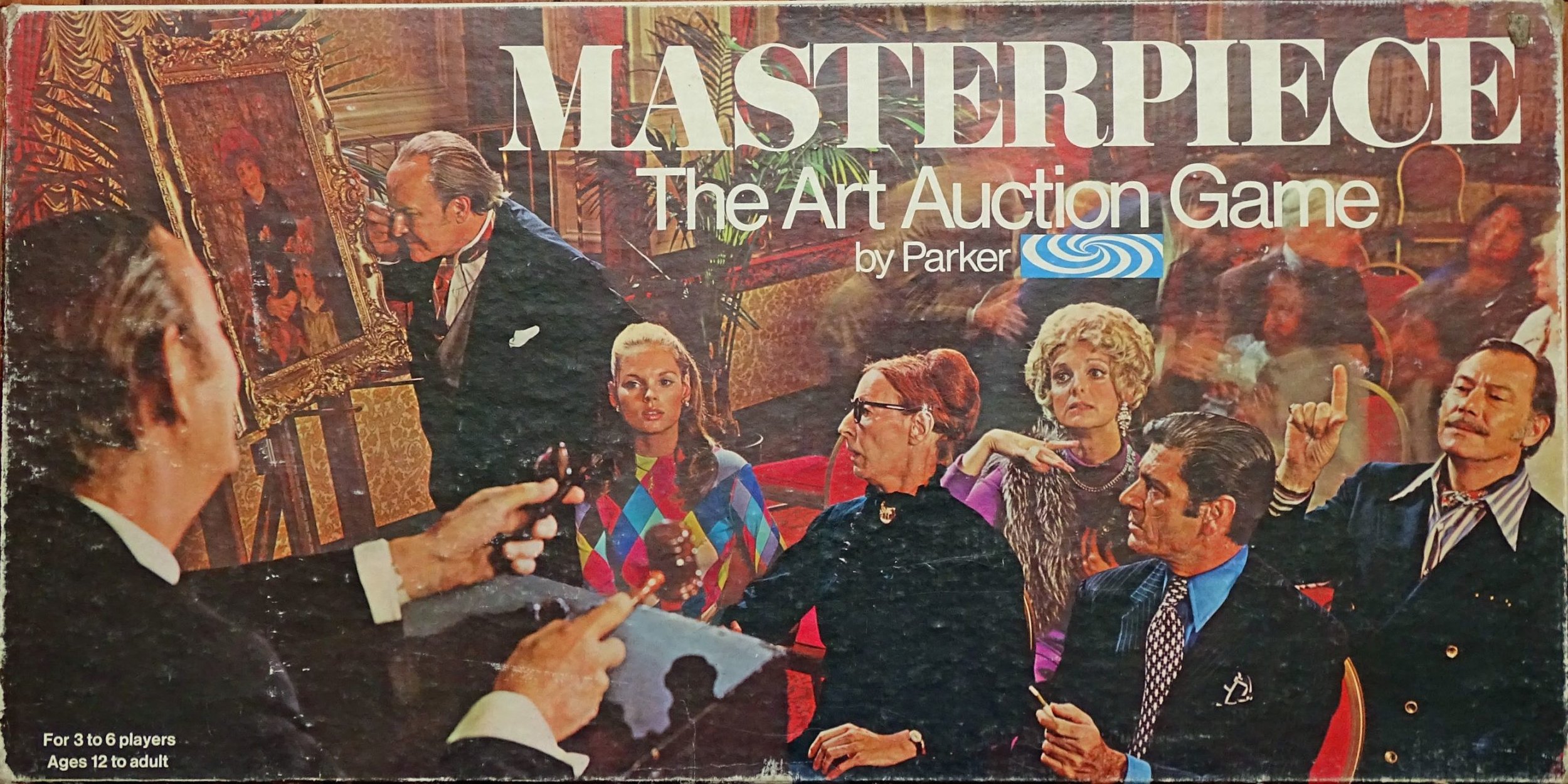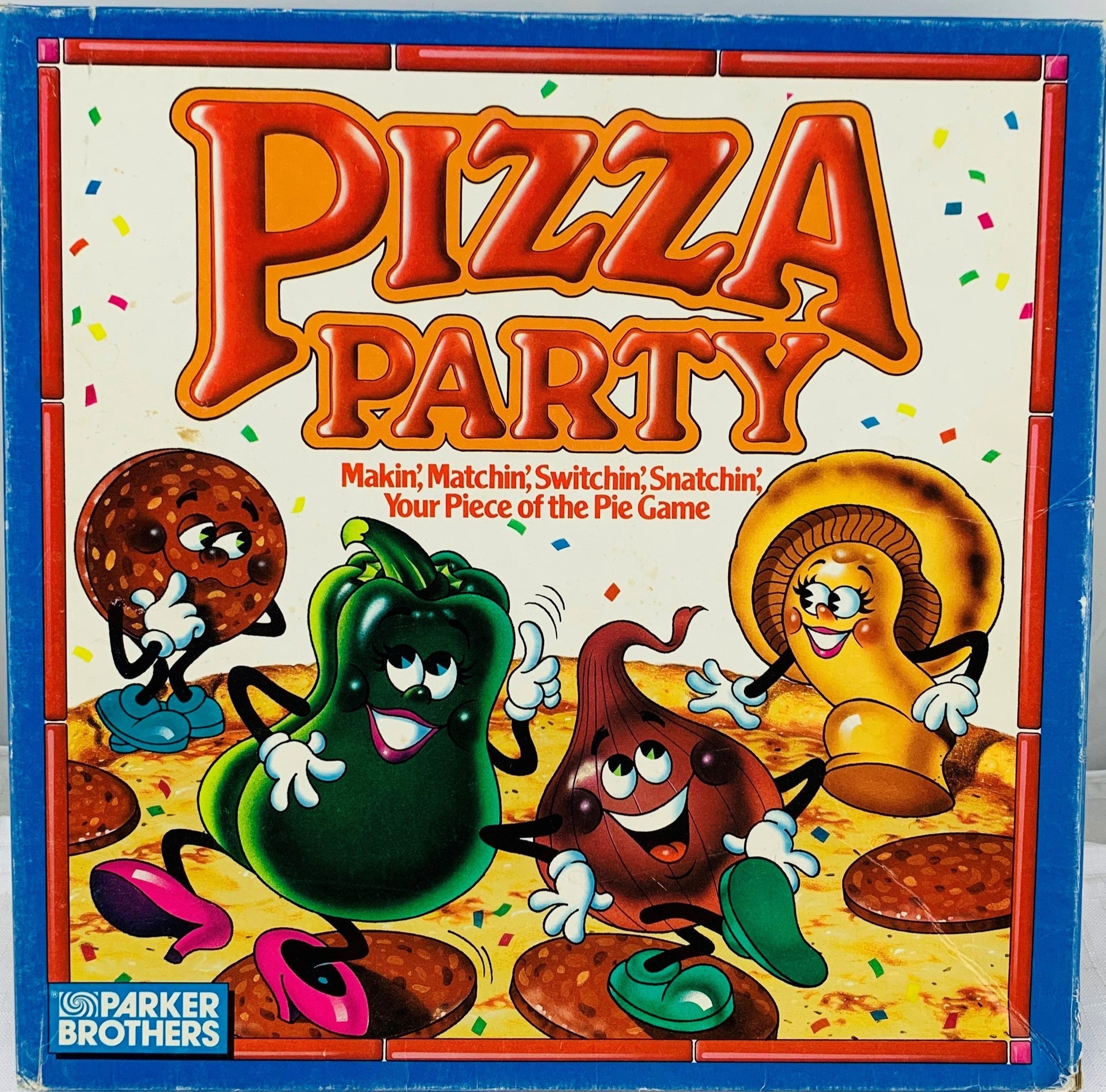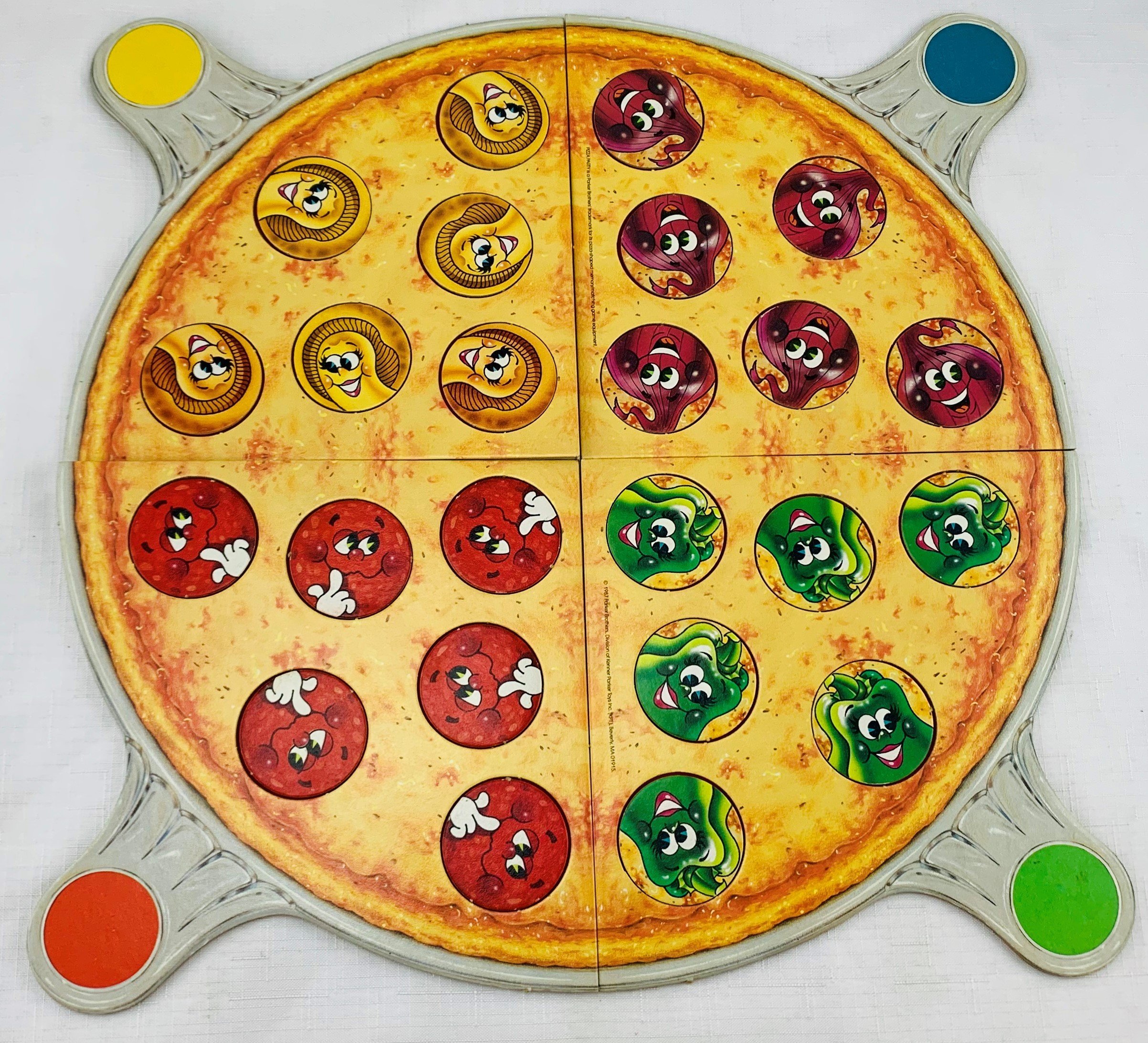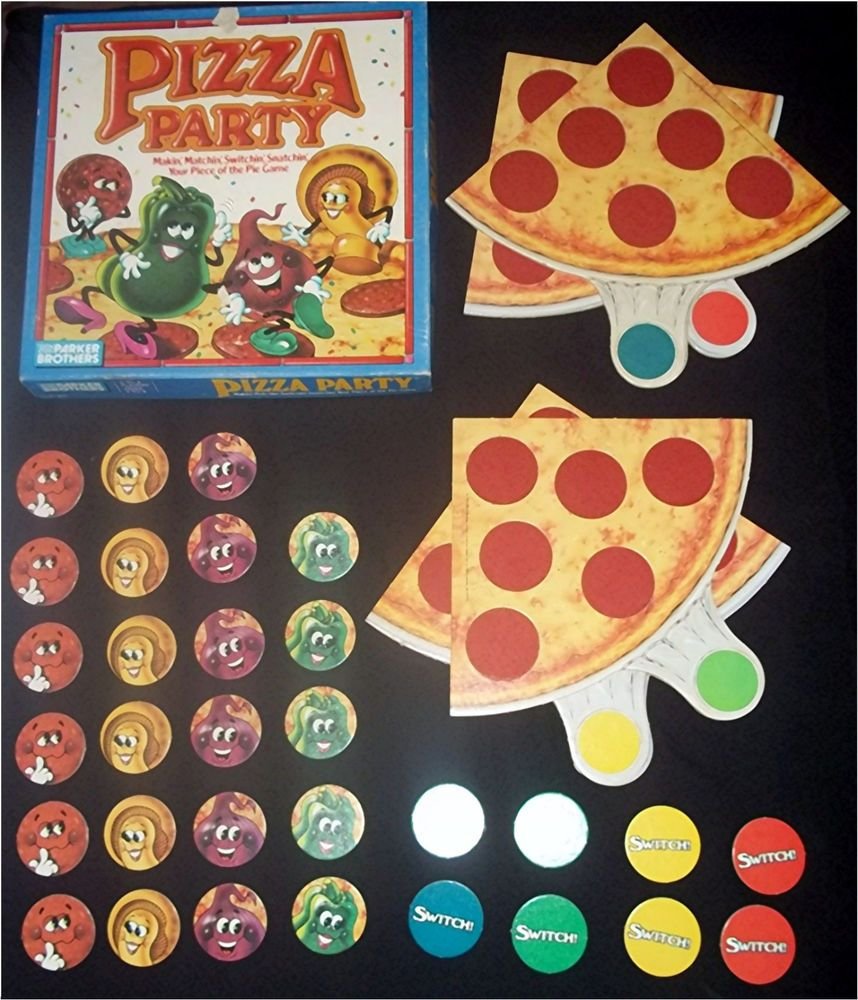The Art of the Game
My neighbors’ (Annette’s and Colin’s) amazing game closet! A real blast from the past.
Not to brag or anything, but WE HAVE THE BEST neighbors.
We literally invited ourselves over to their home one Saturday in November, and they didn’t object. Rude of us — I know. But when you have a bored toddler who wants to see them, you cave quickly to prevent a meltdown.
Anyway, when we arrived, we found we had crashed their lazy Saturday involving laundry folding, football watching, and puzzle doing. Piper and I settled in while Trent promptly spilled the beer they had offered him all over the clean laundry. Solid start. After that was dealt with, we realized Piper was going to need something further to keep her entertained. That’s when Annette, our neighbor, suggested we retrieve some board games from the basement. We followed her to a closet at the bottom of the stairs. When she opened the door, I almost melted in delight. Before me was a time capsule of board games — tons of them — spanning from the early 1960s to current day. Here are a couple I wanted to share from her treasure trove.
Musingo (1962) is the earliest example I found in Annette’s game closet. It’s essentially Bingo, but instead of someone calling out randomized letters and numbers, the music note spinner determines the placement of your tokens when it’s fed a coin. Once you insert the coin, you turn the crank on the side, music plays, and in slot machine-like style, three music notes are revealed. You then place the red tokens on top of the same colored notes on your board. See! Super simple concept, but with a new way of calling out the letters and numbers that connects back to the theme of the game — music! That’s the twist. So remember not to be scared of intense strategy if it’s not your thing. You can absolutely riff off of an existing game structure and add your imprint!
This one is called Masterpiece (1970), and its theme is a high-stakes international art auction. The basic idea of the game is that you’re both bidding and bluffing on art pieces, some of which are real and some of which are forgeries. What I love about this one is the concept, theme, and storytelling aspect. As you can see in the image on the far right, you get to pick a character to play, like Bitsy Rich Wong Dobrowksi Keyes. Read it quickly, and you’ll see the creators of this game had fun with the writing and tone of voice. If you like writing, strategy, illustration, product design, etc, a board game is a fantastic deliverable when it comes to showing off hybrid skill sets! This example is also a great reminder about how many pieces board games can include. Masterpiece has three sets of cards, a board, box, and moving pieces. While I do admire a lot about this game, it’s not my favorite visually, but it could be a fun redesign project!
Pizza Party (1987) is one that we played with Piper. It’s a very simple matching game. Note that this game is not mind-bending in concept or strategy AT ALL. It can’t be for the target market. And that’s totally fine. It works for what it is! The spin on the idea of a matching game, which has been done a trillion times, is simply added through the storytelling and context of the game. Now we’re making pizzas. Even though the idea is not complex, the board is different in form from your traditional board game, and there’s still plenty of illustration and multiple parts to consider.
Now, I do have an admission to make. I’m not actually a huge board game player. BUT, I am a huge fan of them as design objects. And, as you can see above, I also love them for their storytelling capabilities and many intricate parts. All of the thought and detail is truly mesmerizing to absorb. More importantly, however, board games as a form hold immense value when it comes to making an appearance in our our portfolios. Here’s why.
They require:
• An advanced understanding of clear yet complex design systems that house enough variety to keep things interesting over a plethora of deliverables. Think outer box, board, multiple sets of cards / mats, tokens, meeples, dice, rule books, etc…
• An advanced understanding of hierarchy, layout, and typography.
• An advanced understanding of image-making / illustration.
• An acute understanding of scale. Working both really big and really small is one of the acquired skills in board game design. This calls on knowing when to up detail tremendously and knowing when to rein it way in.
• An ability to communicate clearly — in concept, strategy, and rule-making.
• An ability to balance aesthetic design decisions with those of functionality. The type looks nice at that scale but can everyone easily read it from their location around the board?
So, yeah. Board games are a MAJOR undertaking— and because of this, they are GREAT deliverables in which to let our multiple talents shine.
Due to their inherent complexity and need for play testing and strategy-finessing, I thought the board game would be a great form to launch my first TINY COURSE around. A what you ask?
A TINY COURSE is a very intimate course — two to three students only — who are all designing around a shared prompt. Enrollees will experience a combination of one-on-one critiques and group meetings in which to bounce ideas off one another, and to talk strategy, concept, and design. A Tiny Course is fantastic for those who are looking for a shared experience AND to improve or just partake in constructive critiquing. PLUS, over the course of 12 weeks, designers from the industry will pop in to give their feedback and suggestions as well. By all means, get a group of one or two of your design buddies together and take the course side by side. Or branch out and meet new people! Interested? Then, get your name on the list today and answer a couple more quick questions! Right now, I’m gauging interest and continuing to hammer out details!














